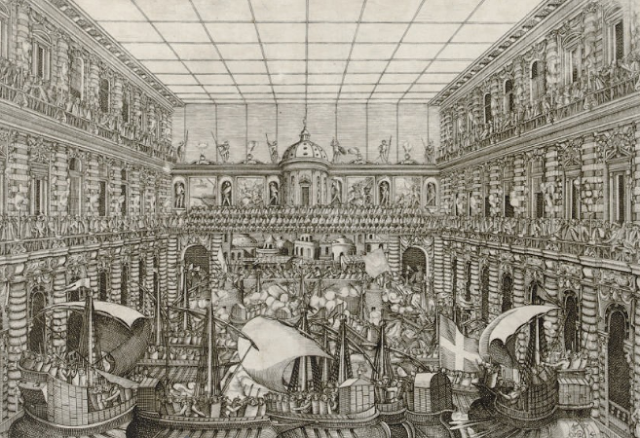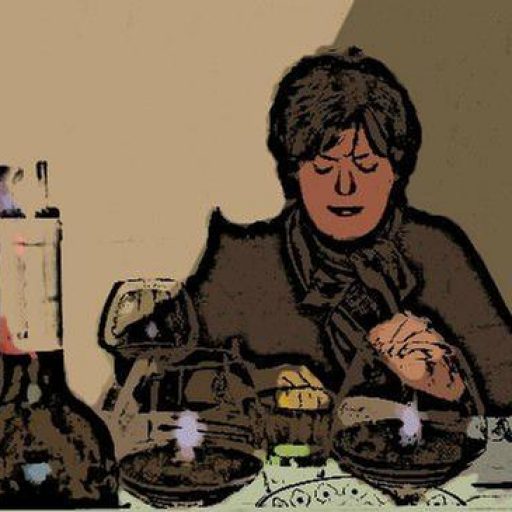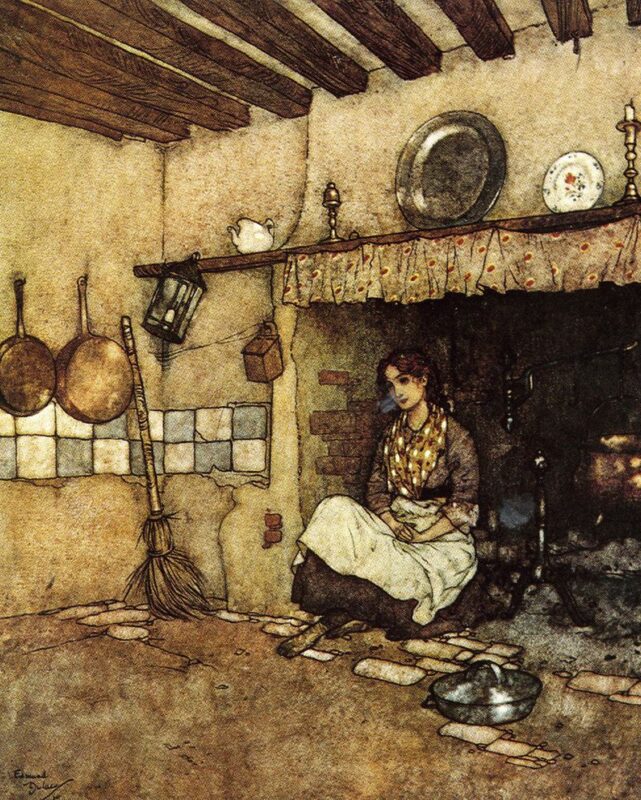It’s June, the traditional month for weddings. Historically, June has always been the most popular month for tying the knot. Nice summer weather, in-season flowers and the higher number of outdoor venues make it an attractive month for a party. Wedding planners are busy with the details, dates and unexpected family drama that need to be handled to make sure the day of your dreams is a Romeo an Juliet event.
Planning a wedding for the royal courts of the Renaissance was a daunting task. Bridzillas like Lucrezia Borgia, Caterina d’ Medici and the d’Este daugthers from the court of Ferrara demanded only the very best. These divas of the Renaissance and their families were the Kardashians of the day. In this case a Pope, a duke and lavish courts staged spectacular choreographed events to celebrate the occasion. Music, dance, masques, plays with elaborate sets were the stage for a wedding festa which could last for days.
Lucrezia Borgia (daughter of Pope Alexander VI) had several weddings. Political alliances and strategic arrangements for power and money were often the reason for marriages in the Renaissance and Lucrezia was the poster child for matrimonial manipulations. Her first wedding was an opulent affair that took place in the Vatican with 500 ladies as her bridesmaids. Another more private, and yet another to Alfonso d’Este, Duke of Ferrara, was a event that resulted in the creation of Italy’s iconic pasta tagliatelle to celebrate the long, golden ribbon-like tresses of the bride’s hair.
Caterina d’Medici’s marriage to the future King Henry II of France was officiated by the Pope and commemorated by a wedding portrait painted by Renaissance master Giorgio Vasari who incorporated it into the décor of Florence’s Palazzo Vecchio. The wedding was documented as being a grand affair with the bridegroom participating in a joust. As Queen of France Caterina was known for lavish and spectacular entertainments at court, called “magnificences” where leading artists and architects of the day created dramas, dances, music and elaborate special effects. Banquets were held in meadows, entertainments lasted for several days and food influenced by the sauces and seasonings of Florentine Italy (the use of giblets, truffles, olive oil, artichokes, pasta, parsley, spinach, crepes, custards, ices, sweetbreads, truffles and zabaglione) became part of French cuisine due to the influence of Caterina.
Not to be outdone by their sister-in-law (Lucrezia Borgia), Beatrice and Isabella d’ Este had weddings worthy of a Renaissance InStyle feature article. Prior to a magnificent banquet which followed her wedding ceremony, Isabella rode through the streets of Ferrara on a horse draped in gems and gold and Beatrice received a painting of herself as a wedding gift from Leonardo da Vinci.
But if you thought that elaborate Renaissance nuptuals only focused on the bride, think again. When former cardinal and Grand Duke of Tuscany Ferdinando de’ Medici married the French princess Christine of Lorraine ten months of preparations culminated in an event that lasted for a month. The Medici wedding of 1589 included the flooding of the courtyard of the Palazzo Pitti for mock naval battles against the Turks, a soccer match and comedies in the Medici Theater with splendid costumes and stage designs. Said to be one of the greatest court weddings in all of history it was a landmark in Renaissance art and architecture, theatre, music and political ceremonies.

The “Naumachia”, a mock naval battle that took place in the courtyard of the Palazzo Pitti, flooded for the purpose. Among the many festivities that took place there to celebrate the marriage of Ferdinando de’ Medici to Christine of Lorraine.






Leave a comment